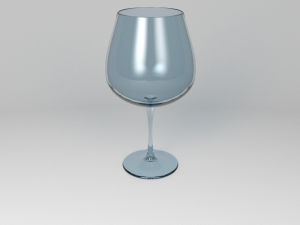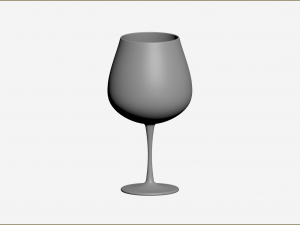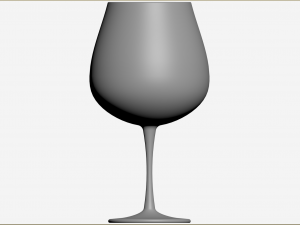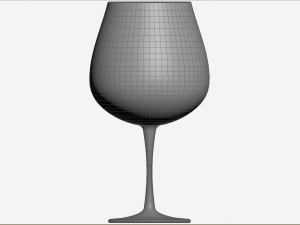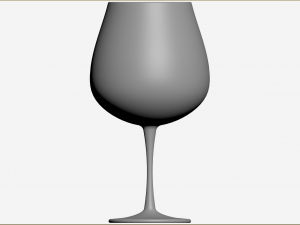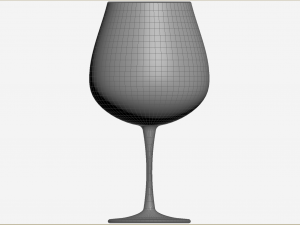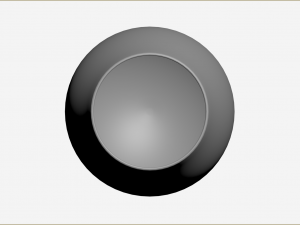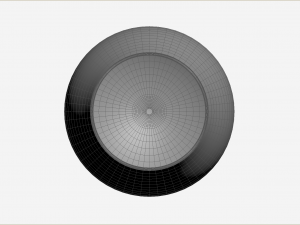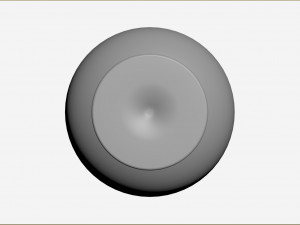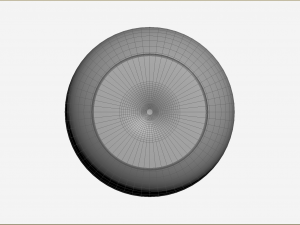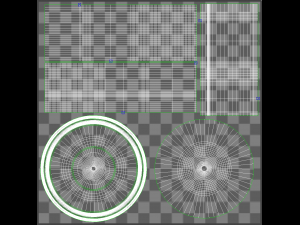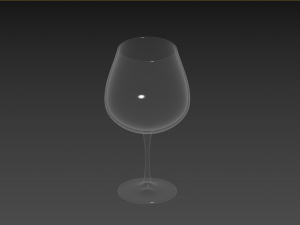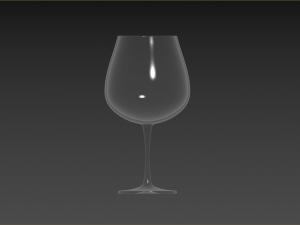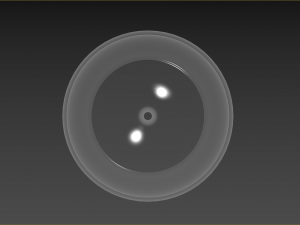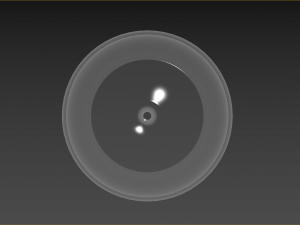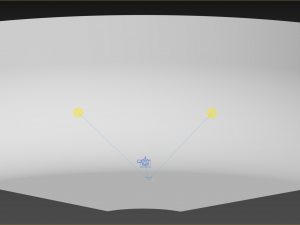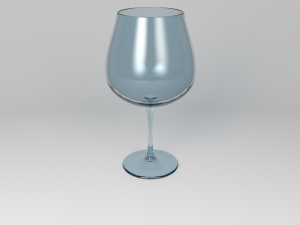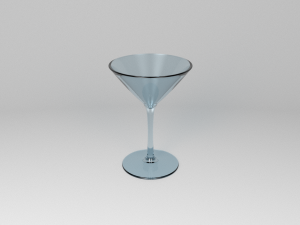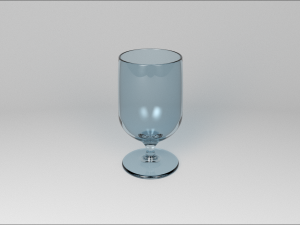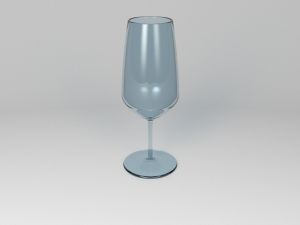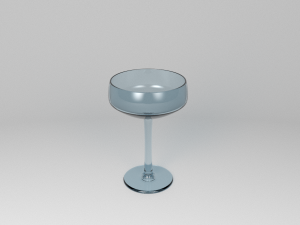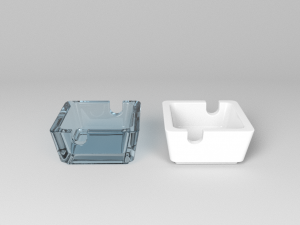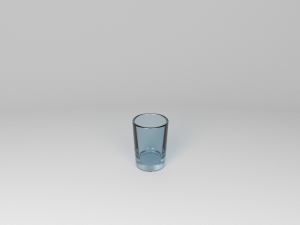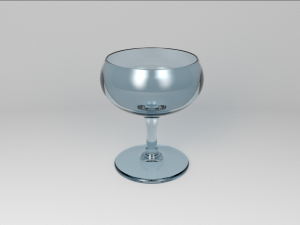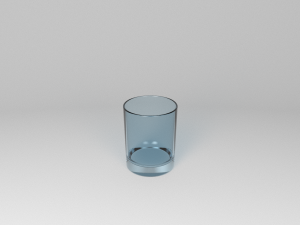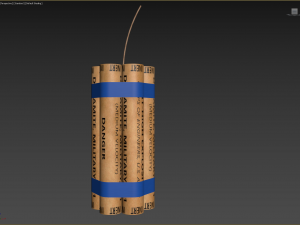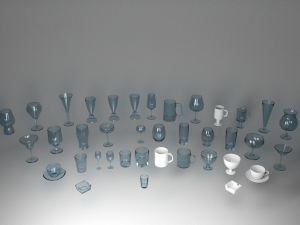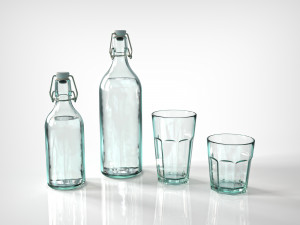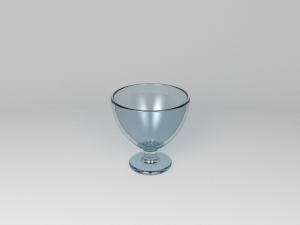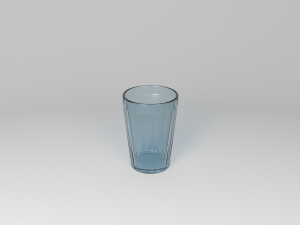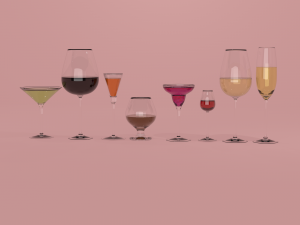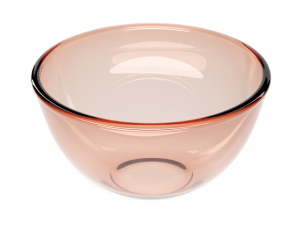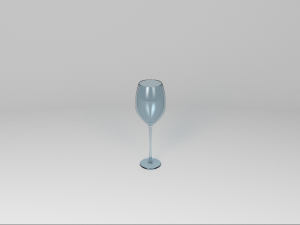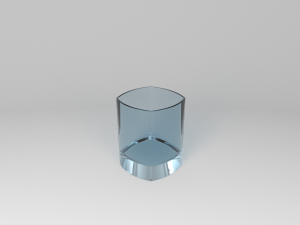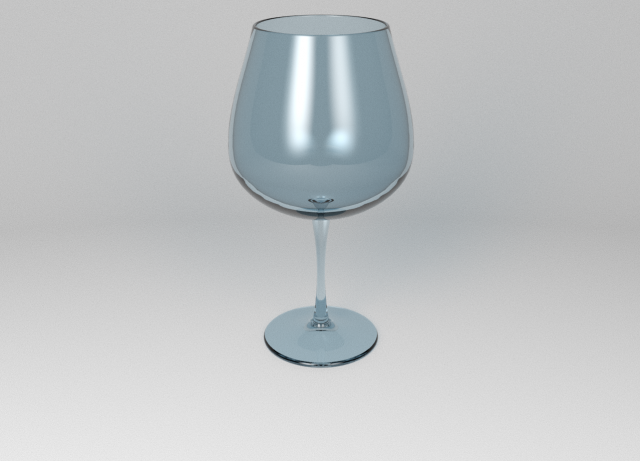
- 이용 가능한 포맷: 3DS MAX: max 955.33 kb
- 폴리곤:10082
- 버텍스:10140
- 애니메이티드:No
- 텍스쳐드:No
- 리그드:No
- 재료:
- 로우 폴리곤:No
- 컬렉션:No
- UVW 매핑:
- 플러그인 사용 됨:No
- 프린트 준비:
- 3D 스캔:No
- 성인용 콘텐츠:No
- PBR:No
- 지오메트리:Polygonal
- 언래핑 된 UVs:Unknown
- 조회:1608
- 날짜: 2023-07-24
- 아이템 ID:455865
- 평점:
Hello, today and now I will show you another 3D model from the "Large set of barware". The model is called "Burgundy Glass" and is most often used for Pinot Noir wines, but it is also used for Chardonnay wines from Burgundy, Piedmont, Baralo and Barbaresco.
The Burgundy glass was invented by Professor Klaus Riedel. The volume of a Burgundy glass is 700-750 ml. It is customary to fill it to no more than one third 1/3. The gl***** created for Burgundy pinot noir, logically turned out to be an ideal variant for Piedmontese barolo. These wines have very intense, yet subtle, volatile, shimmering aromas, and the glass should "catch" and reveal them. A glass of this shape is chosen for wines with moderate tannins and quite high acidity. The wider rim directs the wine closer to the front of the tongue, emphasising the sweetness and compensating for the acidity that persists in such wines with age. In volume, such gl***** are larger than Bordeaux gl*****, with more space inside, allowing the wine more contact with oxygen. At the top, the glass tapers slightly to concentrate and retain the aromas inside. Even if the rim of the glass is not curved slightly outwards, because the diameter of the glass is larger, the wine spreads more quickly not only to the centre but also to the sides of the tongue, making it feel fresher and finer. In terms of volume, such gl***** are larger than "Bordeaux" gl*****, with more space inside, which allows the wine to come into contact with oxygen more actively. At the top, these gl***** are slightly narrower, which allows the aromas inside to concentrate and retain. The fact that such gl***** are designed for Burgundy Pinot Noir does not mean that they should be chosen for any Pinot Noir: in many cases, a New World Pinot will still require a Bordeaux-type glass. But Piedmontese Barolo and Barbaresco (nebbiolo) are actually somewhat similar in style to Burgundy reds. Many winemakers are wary of this glass shape, as it exposes the weaknesses of under-intense wines with a fragile structure like no other.
The Burgundy Glass model has its characteristics:
Polys: 10082
Verts: 10140
Measure X: 11.38cm Y: 11.38cm Z: 20.94cm
Volume: 700ml
File types: abc, fbx, mtl, obj, udatasmith, stl.
Rendered with Arnold using basic / default settings.
더 보기The Burgundy glass was invented by Professor Klaus Riedel. The volume of a Burgundy glass is 700-750 ml. It is customary to fill it to no more than one third 1/3. The gl***** created for Burgundy pinot noir, logically turned out to be an ideal variant for Piedmontese barolo. These wines have very intense, yet subtle, volatile, shimmering aromas, and the glass should "catch" and reveal them. A glass of this shape is chosen for wines with moderate tannins and quite high acidity. The wider rim directs the wine closer to the front of the tongue, emphasising the sweetness and compensating for the acidity that persists in such wines with age. In volume, such gl***** are larger than Bordeaux gl*****, with more space inside, allowing the wine more contact with oxygen. At the top, the glass tapers slightly to concentrate and retain the aromas inside. Even if the rim of the glass is not curved slightly outwards, because the diameter of the glass is larger, the wine spreads more quickly not only to the centre but also to the sides of the tongue, making it feel fresher and finer. In terms of volume, such gl***** are larger than "Bordeaux" gl*****, with more space inside, which allows the wine to come into contact with oxygen more actively. At the top, these gl***** are slightly narrower, which allows the aromas inside to concentrate and retain. The fact that such gl***** are designed for Burgundy Pinot Noir does not mean that they should be chosen for any Pinot Noir: in many cases, a New World Pinot will still require a Bordeaux-type glass. But Piedmontese Barolo and Barbaresco (nebbiolo) are actually somewhat similar in style to Burgundy reds. Many winemakers are wary of this glass shape, as it exposes the weaknesses of under-intense wines with a fragile structure like no other.
The Burgundy Glass model has its characteristics:
Polys: 10082
Verts: 10140
Measure X: 11.38cm Y: 11.38cm Z: 20.94cm
Volume: 700ml
File types: abc, fbx, mtl, obj, udatasmith, stl.
Rendered with Arnold using basic / default settings.
다른 포맷이 필요하세요?
다른 포맷이 필요하시면, 새로운 지원 티켓을 열어 요청하세요. 저희는 3D 모델을 다음으로 변환할 수 있습니다: .stl, .c4d, .obj, .fbx, .ma/.mb, .3ds, .3dm, .dxf/.dwg, .max. .blend, .skp, .glb. 우리는 3D 장면을 변환하지 않습니다 .step, .iges, .stp, .sldprt와 같은 형식도 포함됩니다.!
다른 포맷이 필요하시면, 새로운 지원 티켓을 열어 요청하세요. 저희는 3D 모델을 다음으로 변환할 수 있습니다: .stl, .c4d, .obj, .fbx, .ma/.mb, .3ds, .3dm, .dxf/.dwg, .max. .blend, .skp, .glb. 우리는 3D 장면을 변환하지 않습니다 .step, .iges, .stp, .sldprt와 같은 형식도 포함됩니다.!
다운로드 Burgundy Glass 3D 모델 max 발신 librarymouse1970
burgundy glass pinot noir wines chardonnay piedmont baralo barbaresco tableware barware restaurantbarcafepub restaurante restaurant bar pub lm librarymouse whitewine redwine이 아이템에 대한 코멘트 없음.


 English
English Español
Español Deutsch
Deutsch 日本語
日本語 Polska
Polska Français
Français 中國
中國 한국의
한국의 Українська
Українська Italiano
Italiano Nederlands
Nederlands Türkçe
Türkçe Português
Português Bahasa Indonesia
Bahasa Indonesia Русский
Русский हिंदी
हिंदी